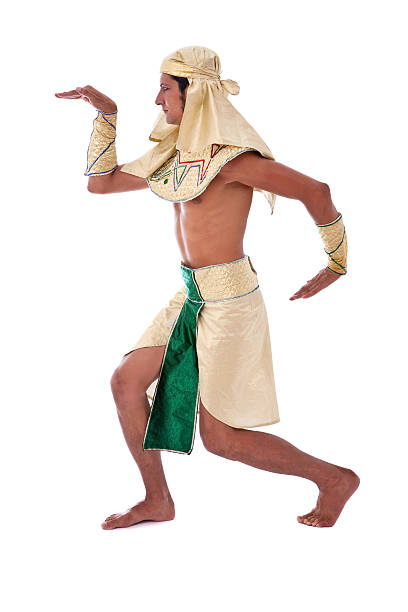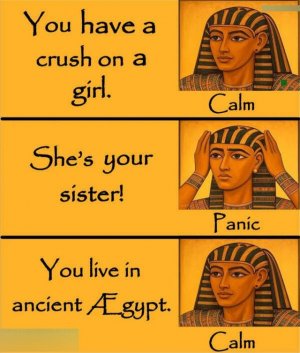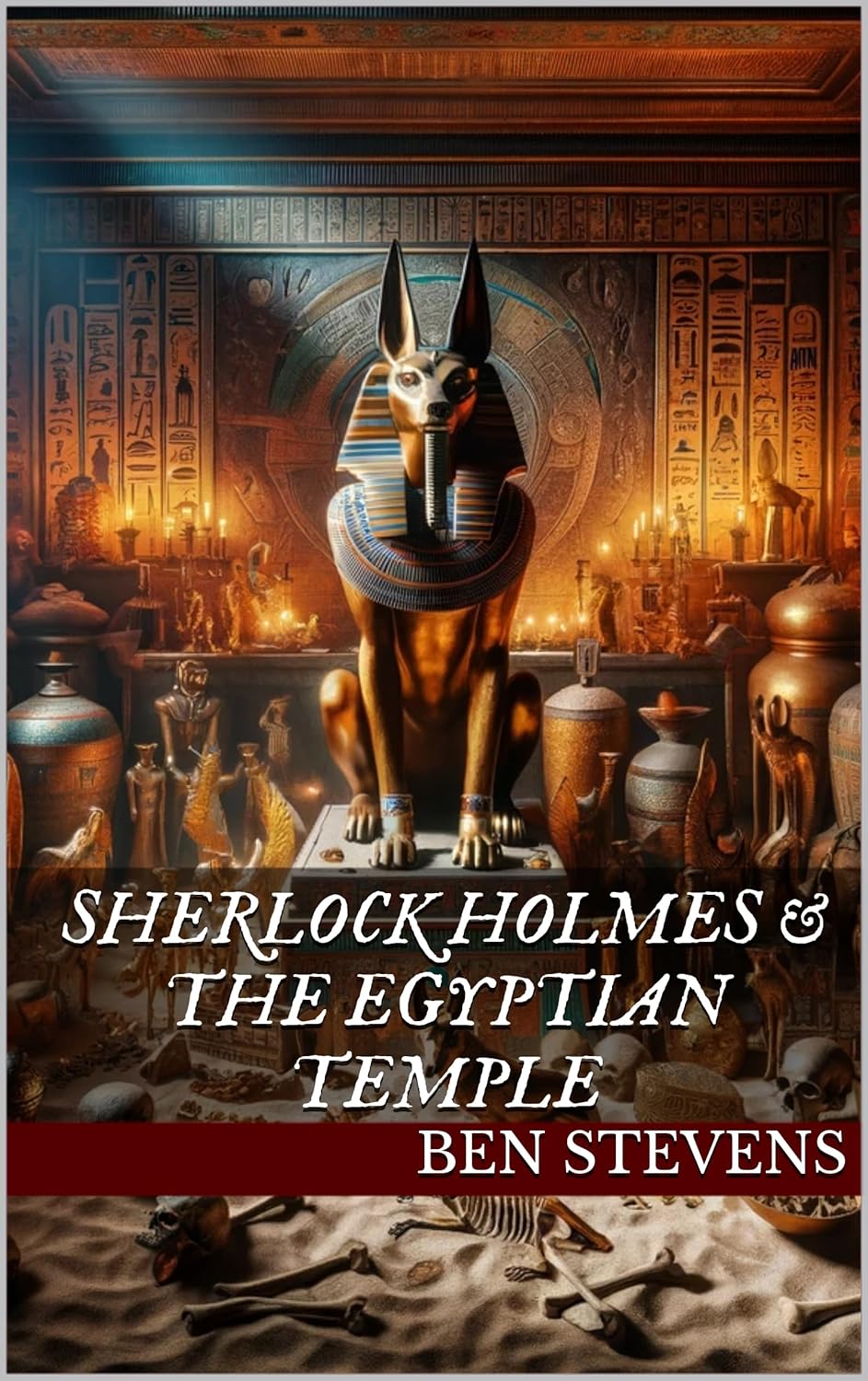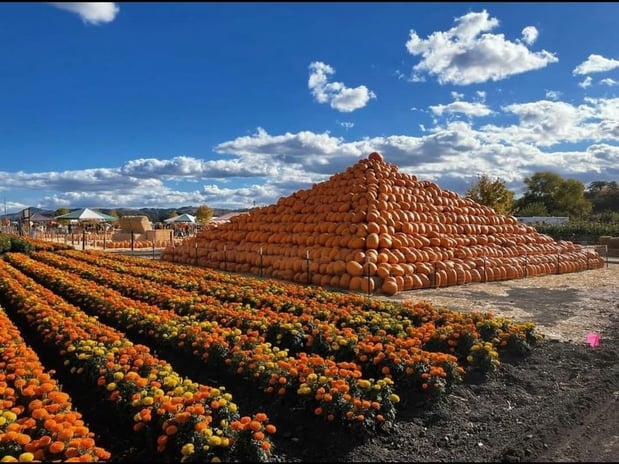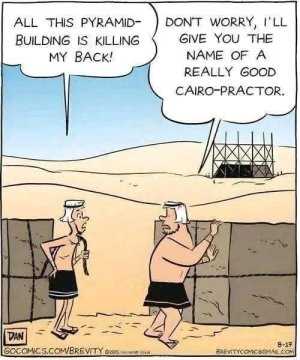You are using an out of date browser. It may not display this or other websites correctly.
You should upgrade or use an alternative browser.
You should upgrade or use an alternative browser.
Amid The Pyramids
- Thread starter Meanderer
- Start date
RadishRose
SF VIP
- Location
- Connecticut, USA
RadishRose
SF VIP
- Location
- Connecticut, USA
Meanderer
Supreme Member
Heit el-Ghurab


There is a massive, ancient stone wall that stands a few hundreds yards south of the Sphinx. But because it lay partially buried and overshadowed by the pyramids and Sphinx, tourists have hardly noticed it. Known locally as the Wall of the Crow (Heit el-Ghurab in Arabic) it is 200 meters (656 feet) long, ten meters (32.8 feet) high, and ten meters thick at the base.
The Wall is the northwest border of a tract of low desert that we at first designated Area A and later became known as The Lost City of the Pyramids or Heit el-Ghurab (named after the wall’s Arabic name). When we first started our excavations at the Lost City site, we suspected that the Wall of the Crow dated to the Old Kingdom 4th Dynasty (2575-2465 BC), like the Giza Pyramids and the Sphinx, but we did not know why the Egyptians built it. Evidence suggested that they never completed the mammoth undertaking. They never dressed the masonry to produce a finished face to the structure, as was their standard practice with pyramids, tombs, and temple walls. (READ MORE)


There is a massive, ancient stone wall that stands a few hundreds yards south of the Sphinx. But because it lay partially buried and overshadowed by the pyramids and Sphinx, tourists have hardly noticed it. Known locally as the Wall of the Crow (Heit el-Ghurab in Arabic) it is 200 meters (656 feet) long, ten meters (32.8 feet) high, and ten meters thick at the base.
The Wall is the northwest border of a tract of low desert that we at first designated Area A and later became known as The Lost City of the Pyramids or Heit el-Ghurab (named after the wall’s Arabic name). When we first started our excavations at the Lost City site, we suspected that the Wall of the Crow dated to the Old Kingdom 4th Dynasty (2575-2465 BC), like the Giza Pyramids and the Sphinx, but we did not know why the Egyptians built it. Evidence suggested that they never completed the mammoth undertaking. They never dressed the masonry to produce a finished face to the structure, as was their standard practice with pyramids, tombs, and temple walls. (READ MORE)
Last edited:
RadishRose
SF VIP
- Location
- Connecticut, USA
That top stone is so huge!Heit el-Ghurab

There is a massive, ancient stone wall that stands a few hundreds yards south of the Sphinx. But because it lay partially buried and overshadowed by the pyramids and Sphinx, tourists have hardly noticed it. Known locally as the Wall of the Crow (Heit el-Ghurab in Arabic) it is 200 meters (656 feet) long, ten meters (32.8 feet) high, and ten meters thick at the base.
The Wall is the northwest border of a tract of low desert that we at first designated Area A and later became known as The Lost City of the Pyramids or Heit el-Ghurab (named after the wall’s Arabic name). When we first started our excavations at the Lost City site, we suspected that the Wall of the Crow dated to the Old Kingdom 4th Dynasty (2575-2465 BC), like the Giza Pyramids and the Sphinx, but we did not know why the Egyptians built it. Evidence suggested that they never completed the mammoth undertaking. They never dressed the masonry to produce a finished face to the structure, as was their standard practice with pyramids, tombs, and temple walls. (READ MORE)
This website is fascinating; I'll have to go back to it a few dozen more times!
RadishRose
SF VIP
- Location
- Connecticut, USA
RadishRose
SF VIP
- Location
- Connecticut, USA
Meanderer
Supreme Member
RadishRose
SF VIP
- Location
- Connecticut, USA
RadishRose
SF VIP
- Location
- Connecticut, USA
RadishRose
SF VIP
- Location
- Connecticut, USA
RadishRose
SF VIP
- Location
- Connecticut, USA
RadishRose
SF VIP
- Location
- Connecticut, USA
RadishRose
SF VIP
- Location
- Connecticut, USA
RadishRose
SF VIP
- Location
- Connecticut, USA
I streamed this into my TV later that night. Very interesting! thx, M.King Tut's Treasures: Hidden Secrets Rediscovered (Full Episode) | National Geographic




